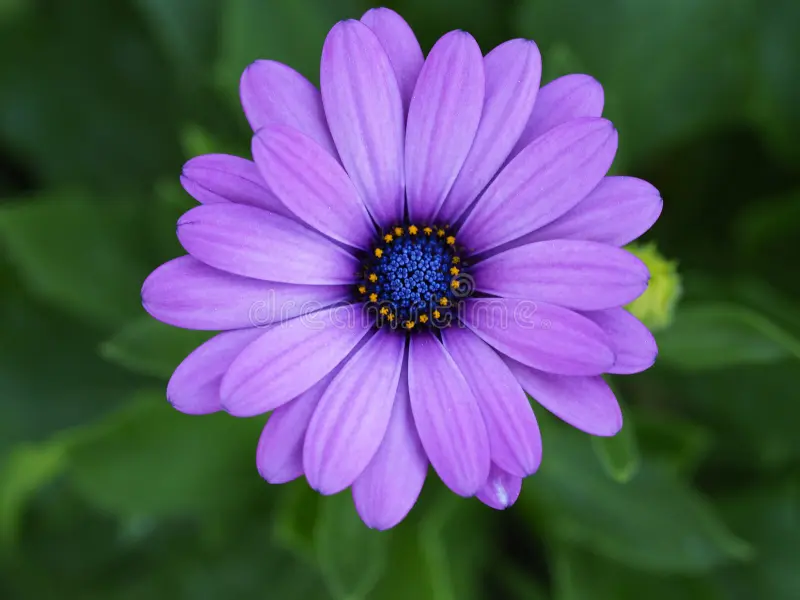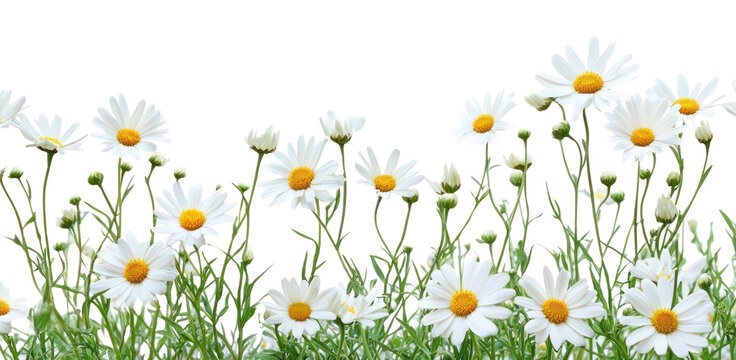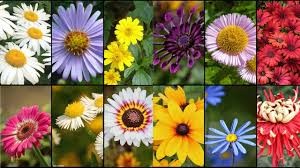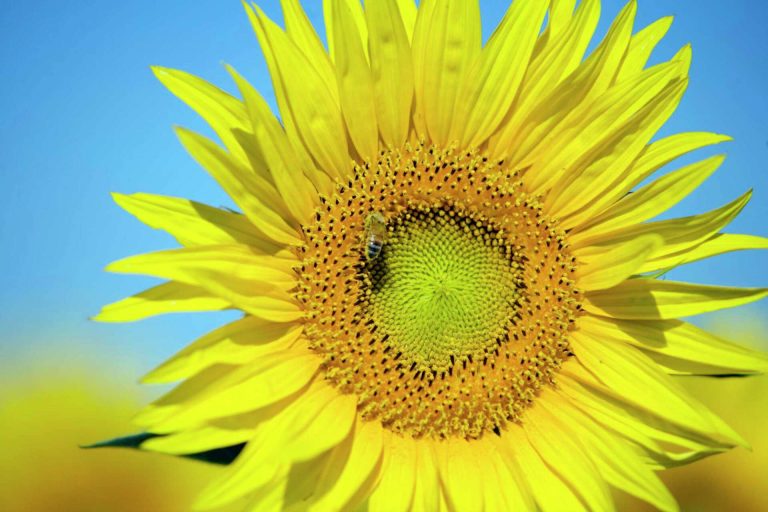
Daisy Flower are popular flowering plants in the aster family (Asteraceae), known for their composite flowers with a yellow central disc and white ray florets that look like petals. They can symbolize innocence, purity, and loyalty and are often easy to grow in various settings.
The daisy flower has a rich and ancient history that stretches back thousands of years. The name “daisy” originates from the Old English word “daes eage,” meaning “day’s eye.” This name reflects the flower’s unique habit of opening its petals at sunrise and closing them at sunset, symbolizing the start of a new day.
Daisies were admired by many ancient civilizations. In Ancient Egypt, they were used for herbal medicine and healing purposes. The Romans associated daisies with innocence and purity, often using them in ceremonies and remedies. During the Middle Ages, daisies were considered a symbol of love and loyalty, often worn by knights to honor their beloveds before battle.

Characteristics of Daisy Flower
- Flower structure:
What appears to be a single flower is actually a composite head made up of many tiny individual flowers called florets.
- Petals:
The “petals” are actually separate florets called ray florets, and the yellow center is made of disc florets.
- Leaves:
Common daisies have spoon-shaped leaves that form a rosette at the base of the plant.
- Symbolism:
Daisies represent innocence, purity, and loyalty, and the daisy is the birth flower for April.

Growing
- Growing conditions: Most varieties thrive in full sun with well-drained soil and need little maintenance once established.
- Care: Regular watering and occasional deadheading can help maintain their bloom.
- Propagation: They can be grown from seed or by dividing the plants after flowering.
Types of daisies
- Common daisy (𝐵𝑒𝑙𝑙𝑖𝑠𝑝𝑒𝑟𝑒𝑛𝑛𝑖𝑠) A widespread European species often considered the classic daisy, known for growing in lawns.
- Oxeye daisy (𝐿𝑒𝑢𝑐𝑎𝑛𝑡ℎ𝑒𝑚𝑢𝑚𝑣𝑢𝑙𝑔𝑎𝑟𝑒): A wildflower-like daisy that spreads easily and is sometimes considered invasive in certain areas.
- Shasta daisy
(𝐿𝑒𝑢𝑐𝑎𝑛𝑡ℎ𝑒𝑚𝑢𝑚×𝑠𝑢𝑝𝑒𝑟𝑏𝑢𝑚): A hybrid known for its large, pure white flowers and is a popular garden plant.
- Other types of daisy flower
Other plants in the aster family that are also referred to as daisies include asters, brachyscome, erigeron, and osteospermum.
The history of daisies is rich and fascinating — stretching from ancient civilizations to modern symbolism. Here’s an overview:

🌼 Origin and Name
- The word “daisy” comes from the Old English phrase “daes eage”, meaning “day’s eye”, because the flower opens in the morning and closes at night.
- Daisies belong to the Asteraceae family — one of the largest plant families — which also includes sunflowers and chrysanthemums.
🏺 Ancient History
- Ancient Egyptians grew daisies for their medicinal properties, using them to treat wounds and various ailments.
- Romans and Greeks associated daisies with purity and innocence. Roman soldiers would carry daisies for healing — crushed daisy leaves were used to treat battle wounds.
- In Celtic mythology, daisies symbolized rebirth and new beginnings, often said to appear where infants had passed away, as a comfort from the gods.
🌍 Spread Across the World
- Daisies are native to Europe and North Africa but have spread worldwide.
- European colonists introduced daisies to North America, where they naturalized quickly due to their hardy nature.
- Today, daisies grow almost everywhere — in meadows, gardens, and wild fields.
💐 Cultural Symbolism
- Victorian Era: Daisies were used to express innocence, loyalty, and true love in flower language (floriography).
- Modern Symbolism: They continue to represent purity, simplicity, and cheerfulness — often associated with youth and joy.
- The Gerbera Daisy, a popular modern variety, was discovered in South Africa in the 19th century and is now cultivated worldwide for its bright colors and beauty.
🌱 Interesting Facts
- A daisy is actually two flowers in one — the central disc florets and the surrounding ray florets.
- They can symbolize hope and renewal, making them popular in spring festivals and floral arrangements.
🌼 Conclusion:
In conclusion, the daisy flower stands as a timeless symbol of purity, innocence, and new beginnings. Its simple yet charming appearance brings joy and freshness wherever it blooms. Whether growing wild in meadows or adorning gardens, daisies remind us of nature’s gentle beauty and the importance of simplicity in life. With minimal care and bright blossoms, the daisy continues to capture hearts across generations and cultures.



